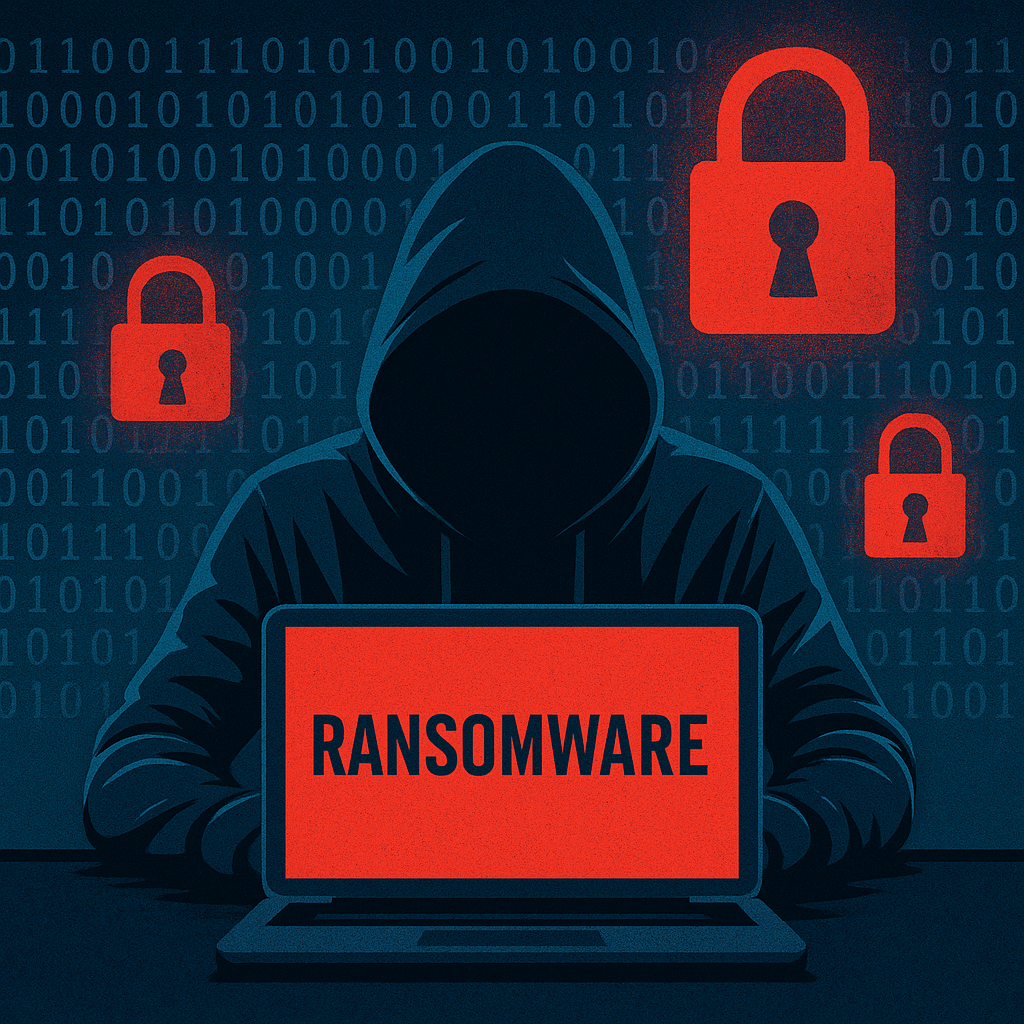The Rising Risk of Ransomware: What You Need to Know in 2025
In 2025, ransomware remains one of the most pressing cybersecurity threats facing individuals, businesses, and even governments. With attacks growing more sophisticated and costly, understanding how ransomware works—and how to protect against it—is critical for digital survival.
What Is Ransomware?
Ransomware is a type of malicious software that encrypts a victim’s data, making it inaccessible until a ransom is paid to the attacker. Unlike traditional malware, ransomware’s goal isn’t to steal data but to hold it hostage.
In today’s threat landscape, we’re seeing the rise of Ransomware-as-a-Service (RaaS), where even non-technical criminals can launch devastating attacks using prebuilt ransomware kits sold on the dark web.
Why Is Ransomware a Growing Threat in 2025?
Here’s why ransomware is becoming even more dangerous this year:
AI-Enhanced Attacks: Cybercriminals are using AI to craft more convincing phishing emails and evade traditional security systems.
Double & Triple Extortion: Attackers now not only encrypt data but also steal it—and threaten to publish or sell it if the ransom isn’t paid.
Cloud Vulnerabilities: As more data moves to the cloud, attackers are targeting misconfigured or weakly protected cloud environments.
Remote Work Risks: Hybrid work models have increased the attack surface, especially through personal devices and unsecured networks.
Industries Most at Risk
No sector is immune, but ransomware particularly targets:
Healthcare – Due to sensitive data and life-critical systems.
Education – Often underfunded for IT and security.
Finance – Where data is valuable and time-sensitive.
SMBs (Small to Medium Businesses) – Easier targets with fewer resources for cybersecurity.
How to Protect Against Ransomware
Here are key best practices for prevention and mitigation:
Regular Backups
Ensure automated, encrypted backups are performed and stored offsite or offline.Patch and Update Systems
Most ransomware exploits known vulnerabilities. Keep software and operating systems current.Employee Training
Phishing remains a leading ransomware entry point. Train staff to spot suspicious links and emails.Zero Trust Architecture
Apply least-privilege access policies. Assume no device or user is inherently trustworthy.Endpoint Detection and Response (EDR)
Use AI-powered EDR tools that detect and respond to suspicious behavior in real-time.Incident Response Plan
Be prepared with a playbook that outlines what to do when an attack hits.
Should You Ever Pay the Ransom?
Authorities like the FBI strongly advise not paying the ransom. Payment doesn’t guarantee data restoration and may fund future attacks. Instead, invest in prevention, detection, and rapid response capabilities.
Final Thoughts
Ransomware isn’t just an IT problem—it’s a business risk. The stakes in 2025 are higher than ever, and only proactive cybersecurity strategies can prevent devastating losses.
Staying informed, vigilant, and prepared is your best defense.
Checkout courses at skillwarp now




